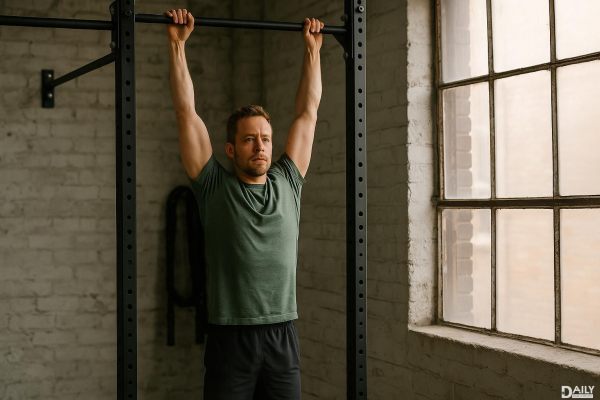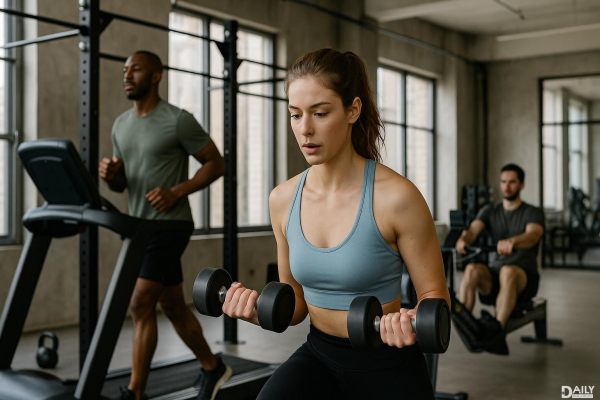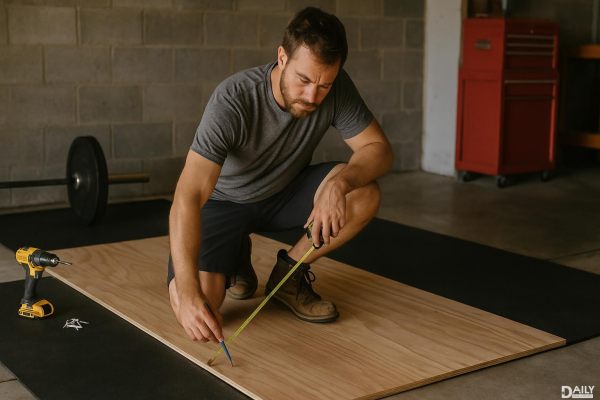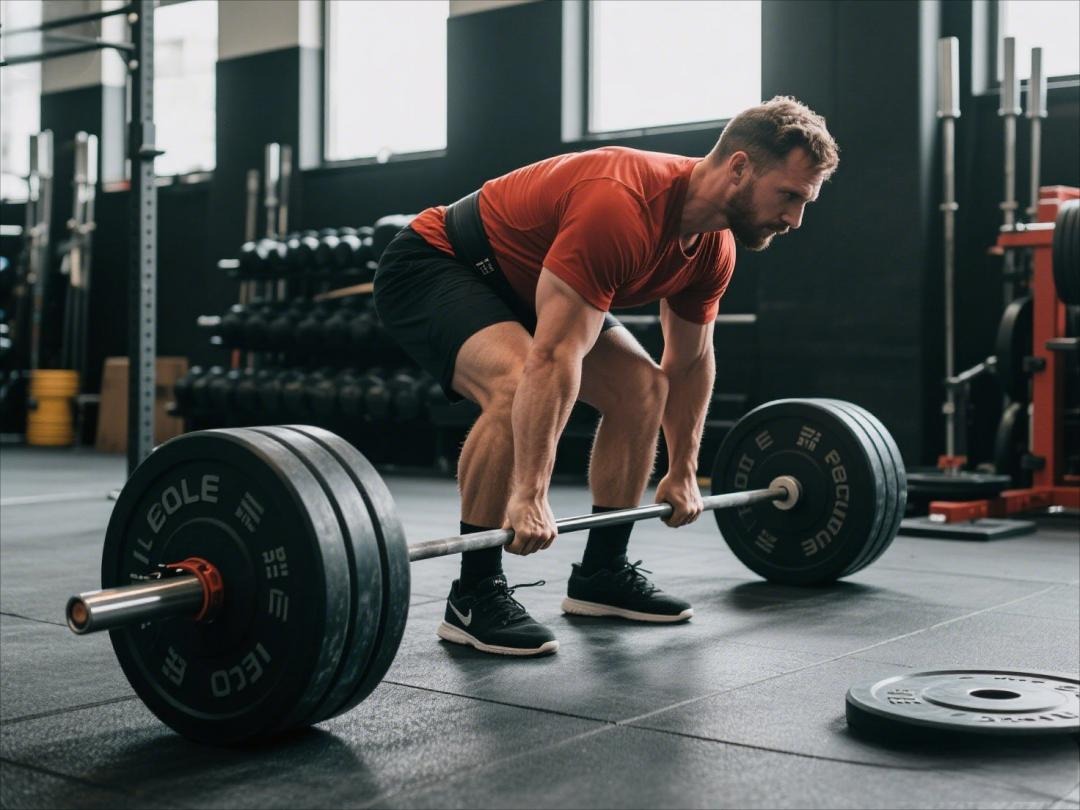Passive hanging—just letting your body dangle from a bar—might seem like a lazy workout move, but don’t let its simplicity fool you. This underrated exercise is a game-changer for grip strength, shoulder health, and posture. By fighting gravity in a relaxed, controlled way, you’re not just building endurance; you’re rewiring your body to move and hold itself better. And the best part? You don’t need fancy equipment or a gym membership—just a sturdy bar and a few minutes a day.

When you hang passively, your shoulders naturally decompress, creating space in the joints that’s usually squished by daily slouching or heavy lifting. This decompression helps relieve tension in the rotator cuff and cervical spine, which is why physical therapists often recommend hanging for shoulder rehab. Meanwhile, your grip gets a stealth workout—your fingers, wrists, and forearms engage to keep you suspended, strengthening over time without the strain of repetitive motions like curls or grippers. Research even suggests that regular hanging can improve scapular mobility, reducing the risk of "tech neck" and rounded shoulders from too much screen time.
Think grip is just for rock climbers or arm wrestlers? Think again. A strong grip correlates with lower injury risk, better athletic performance, and even longevity (studies link weak grip to higher mortality rates). Passive hanging trains your grip isometrically—meaning you hold tension without movement—which builds endurance for real-world tasks like carrying groceries or opening jars. Unlike dynamic grip exercises, hanging minimizes joint stress while maximizing time under tension, a key factor for muscle and tendon adaptation. Start with 10–30 seconds per hang, and watch your deadlift PRs and pull-up numbers creep up as your hands get steelier.
Slouching isn’t just an aesthetic issue—it’s a mechanical one. Tight pecs and weak upper-back muscles pull your shoulders forward, while passive hanging counteracts this by stretching the chest and activating the lats and traps. The stretch reflex kicks in, teaching your body to "reset" to a neutral position. Over time, this reduces the kyphotic (hunched) curve in your thoracic spine, making you stand taller without constantly thinking about it. Bonus: The traction effect on your spine can alleviate minor back discomfort by temporarily relieving pressure on compressed discs.
First, find a bar high enough that your feet don’t touch the ground when fully extended. Use an overhand grip (palms facing away) slightly wider than shoulder-width. Relax your shoulders—let them rise toward your ears naturally—and engage your core to avoid swinging. Breathe deeply; tension in your breath translates to tension in your grip. Beginners can start with bent-arm hangs (chin over the bar) if straight arms feel too intense. Aim for cumulative hang time (e.g., 3 sets of 20 seconds) rather than one heroic marathon session. If your hands scream, use gymnastic grips or chalk to prevent blisters.
Death-gripping the bar like it owes you money? Ease up. White knuckles mean you’re overworking forearm muscles instead of distributing effort. Shrugging your shoulders aggressively defeats the decompression benefit—keep them relaxed. If you feel pinching in the front of your shoulders, your pecs might be too tight; add doorway stretches to your routine. And if hanging exacerbates existing shoulder pain, stop and consult a PT—it’s rare, but some conditions (like labral tears) need modification.
Passive hanging is the fitness equivalent of a Swiss Army knife: simple, versatile, and weirdly effective for such a low-effort move. Whether you’re a desk jockey fighting posture creep or an athlete chasing a stronger grip, a daily hang session delivers outsized benefits. Just don’t be surprised when you start eyeing every playground and doorframe as an opportunity to level up.
























